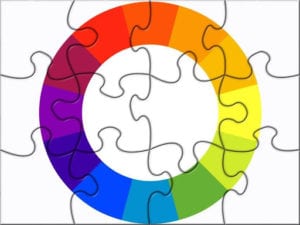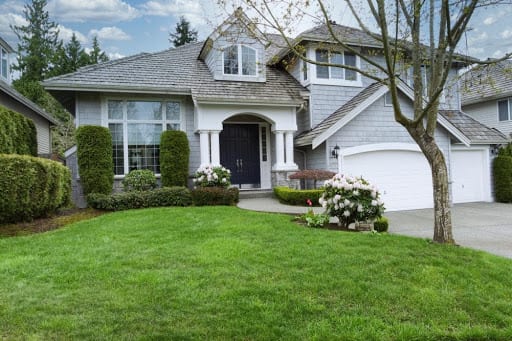Color theory is an important part of your landscape design. Applying it in your landscape design allows for a rewarding experience, leaving you with a result that is a treat for the eyes.
So, how can you use color theory for your landscape? There are two important things to keep in mind.
Color in Context
When picking out the colors for your landscape, it’s imperative that you area the space in context with its surroundings. Whether you’re planning on painting the exterior walls overlooking the front yard, choosing the color of flooring tiles or stone veneers, or selecting plants for your lawn, don’t look at the color palette in isolation. Instead, see how the colors you’re leaning toward will go with the existing structure and color scheme of your surroundings.
Sure, brownstone veneers look classy, but will they match the external appearance of your house? Painting the fence a bright yellow may seem like a good idea, but how will it look with the rest of your house which is painted in blue and gray hues? And do the pavement tiles you’ve picked out for your backyard complement the flower beds in your backyard garden?
Always look at color in context. See how the colors of certain elements interplay with other basic elements within your landscape design. Use this to assess how well they’ll go with the overall structure and design of your property. Don’t forget to include hardscape features in your assessment!
Unity and Contrast
Color theory is also used to create unity or contrast in landscape design. You can opt for a warm-colors group for your home renovation project, or go for the cool-colors group. This will allow you to create color unity throughout your landscape and form a more harmonious unit.

Alternately, you can also create color contrast by pairing up colors that lie directly across from one another on the color wheel. This is called a complementary pairing, and the effect created by these pairs tends to intensify the colors incorporated. Think yellow and blue, red and green, and blue and orange.
You can also use neutral colors to soften the intensity of “loud” colors used in certain parts of your landscape design. For example, moon gardens comprise different shades of whites and creams incorporated in the hardscape as well as flower beds.
If you’re planning on revamping your landscape, get in touch with us at Stone Solutions Maine for custom outdoor services. We can guide you on what color schemes, styles, and materials to use for your landscape. Call us today for landscaping services!

